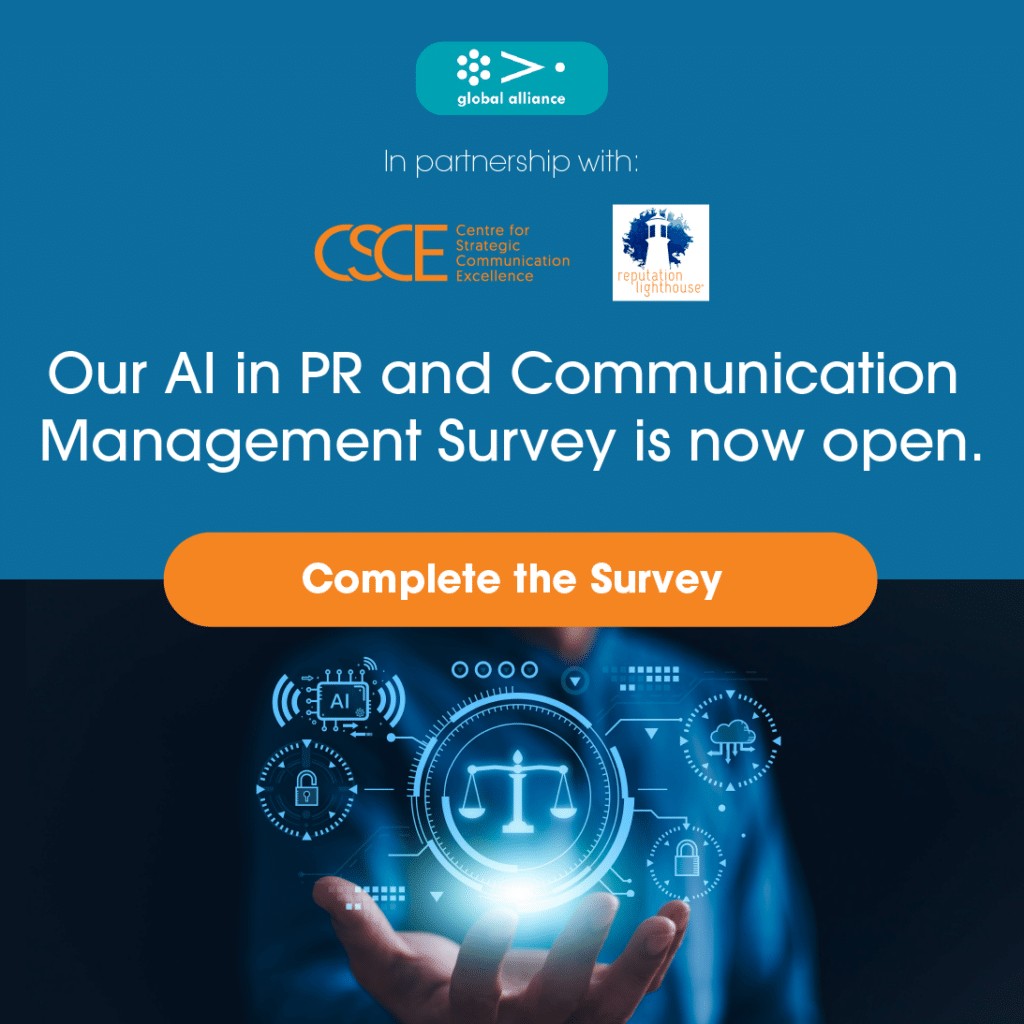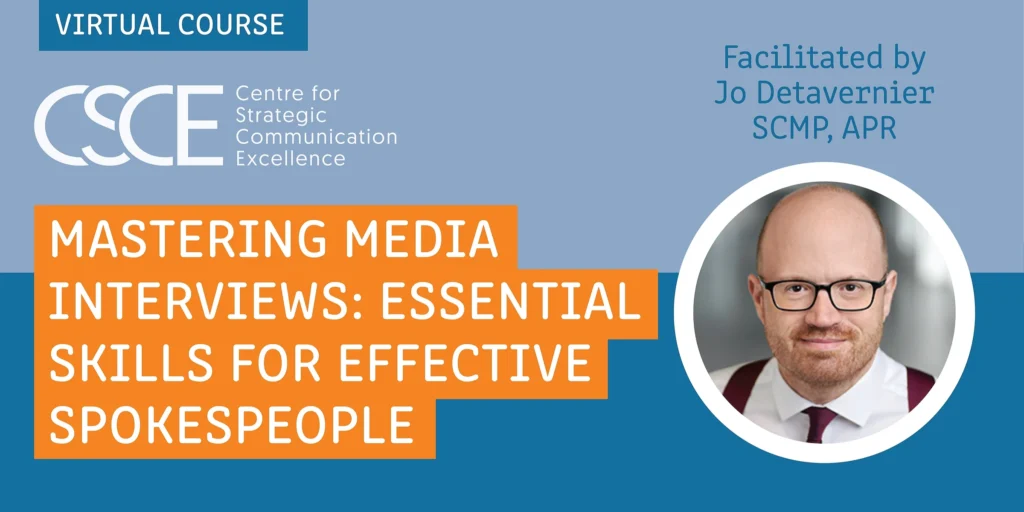What’s the most important element of strategic communication management? Why, strategy, of course. A solid strategic plan linking the business need with audience characteristics, measurable objectives that deliver business results, a strategic approach and tactical implementation and measurement plans.
Not so fast! Strategy alone does not deliver results, because if the audience doesn’t get the message in a way that connects with them emotionally, everything else is academic. Strategy dies without insightful creative.
Think of it like the yolk and the egg white, soap and water, bees and honey. Strategy dies on the cutting room floor without compelling creative.
We are human. We thrive on emotional connection. When the connection is missing, messages get lost in the pool of other messages competing for attention. About corporate speak? Yeah, not so much. Unless we are delivering messages related to safety or crisis, messages without creative flair go unnoticed hobbling their way to the communication graveyard never to see the light of day. How messages are presented matters a great deal.
The mystery of the human mind
Events, music, stories, experiences, anything that creates a memory influences the human mind. The brain reacts to the world in milliseconds. Much of what drives decision making, including what we read, talk about, listen to and buy are emotional responses. Emotion is stored in long term memory, and that comes in two different categories: Explicit and implicit.
Implicit memory is what you do automatically, like drive a car, type on a computer, swim in a pool . . . you get the picture. Explicit memory has two branches. Semantic memory summons things we’re aware of and intentionally remember, like Paris is the capital of France. Episodic memory includes things and events that happened to you.
Like the internet with countless connections, similar memories clump together. Every time they’re activated they grow stronger and update. Recall is an impressive and slightly mysterious process. When we want to access a memory, the memory is reconstructed from the information available. The more often you use the memory, the easier it is to find.
Let’s apply this knowledge to communication. We want to trigger attention. It’s easier to connect with an existing memory than building a new point of reference in the brain. That’s why creating awareness of a new company, product, idea or concept is difficult. That’s why we repeat messages. Just about the time the sender is tired of sending it, the receiver starts to wake up to a new message.
Use memories creatively to trigger existing experiences and build on that.
First example:
Our target audience grew up in the 1980’s listening to rock classics like Another One Bites the Dust. It reminds them of a time when they were younger with fewer responsibilities – more time to play and enjoy life. Chances are they remember every word to the song and the music gets them dancing and singing along. You don’t have to rebuild that memory. It’s already there and it’s strong. As a rule of thumb, people remember the music they grew up with. You just have to build on it.
Second example:
Our target audience is women aged 45 to 60. They look in the mirror and see wrinkles. They remember what they looked like when they were younger. Wrinkle free. It triggers the desire to look younger, which comes from a happier place in the brain’s memory. You speak to them in no nonsense terms about their experience and offer a solution, in plain language, the way they would speak, to the concern. Like this:
“Kiss those fine lines and wrinkles goodbye. Look like you just stepped out of a fashion magazine with that refreshed, “I’ve got this” look. Not to mention your sparkle and shine at every holiday party, every family gathering, every once-a-year lunch you attend.
Injected into frown lines on the forehead, between the eyes, and at the base of the nose, Botox deals a blow to wrinkles that make you look – well – tired, annoyed or sad. And, those wrinkles at the corners of your eyes? Bye bye. See ‘ya later.”
Let’s talk about the employee audience, also human beings with the same way of sorting memories. A captive audience, they pay attention to anything that affects their work. Communicating creatively with this audience is no different than communicating creatively with an external audience. You need to cut through the clutter, get their attention and motivate behaviour.
Third example:
A company decided that after five years of service employees will be eligible for four weeks of vacation. Communicating with a segmented audience group (those who have reached or will reach five years), you might say “What could you do with that extra week of vacation time?” Guaranteed to get attention. And from there, you explain the details.
The mind is selective. Both employees and customers use the ladders in their mind, their memories, to decide which information to accept and which to reject.
Our emotions are the primary driver of our actions. Rule number one: See the business through the eyes of your audience. Really see it. Really understand who they are, what they care about and what they are most likely to respond to. People buy products, services, ideas and even change based on emotional needs or wants, and then justify their decision logically. But, that’s a whole other topic.
Creative development is like everything else related to strategic communication. It’s part art and part science, part analytical and part creative. What does it take to capture audience attention so that your message is THE one that makes it through the myriad of bombarding messages? Why, a creative strategy that breathes life into your communication strategy.





